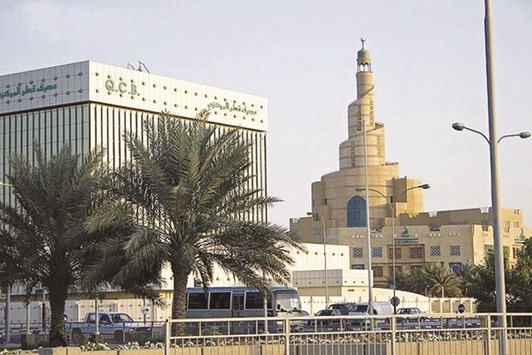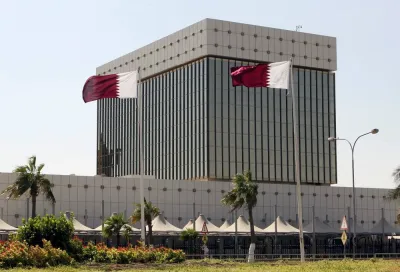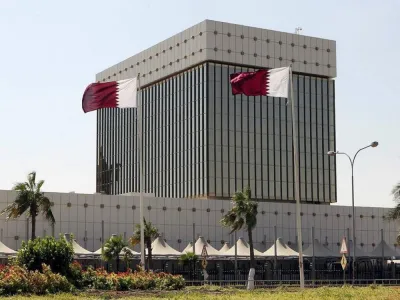The Qatar Central Bank will continue tracking the US Federal Reserve in its tightening cycle over the coming quarters, given the riyal’s dollar peg, BMI Research said and noted it expect another 25 basis points (0.25%) hike in the QCB’s policy rate to 5% this year.
Hikes will be enacted without delay as Qatar’s economic growth accelerates, inflation rises and domestic liquidity pressures ease, the Fitch Group company has said in a report.
“Though vast fiscal buffers mean Qatar is able to defend the peg in the event of a narrowing interest rate differential with the US, we believe the hike will be enacted without delay, as rising energy prices and preparations for the 2022 FIFA World Cup boost Qatari economic growth and moderately increase inflationary pressures, while domestic liquidity pressures ease,” BMI said.
Given the riyal’s peg to the dollar, BMI expects the QCB to continue tracking the US Fed’s monetary tightening cycle in the coming years.
The QCB raised its overnight lending rate from 4.5% to 4.75% and its deposit rate from 0.75% to 1% in mid-December 2016, shortly after the US Fed announced it would hike its benchmark interest rate by 25 bps.
BMI forecasts another 25 bps hike by the Fed over the course of 2017, which Qatari monetary authorities are likely to follow.
Qatar’s vast foreign reserves, enough to cover 13.3 months of imports as of end-2016, mean that the QCB would be able to defend the riyal’s dollar peg should the interest differential reduce.
“We, nevertheless, do not expect a delay in the hike, as rising energy prices spur a pickup in Qatari economic activity and inflation over 2017, and as domestic liquidity pressures – illustrated by the rise in the three-month Qatar interbank rate and M2 money supply contraction lessen. This will broadly remain the trend over the coming years, despite our forecast for acceleration in the QCB policy rate hiking cycle in 2018 and 2019,” when BMI expects the US Fed to raise its funds rate by 50bps and 75bps, respectively.
BMI expects Qatar to see a moderate acceleration in inflation over the coming quarters, as global energy prices tick up and government efforts to diversify its revenue base continue. A BMI team forecasts Brent prices to average $57 per barrel and $60 in 2017 and 2018 respectively – significantly higher than the $45-level recorded over 2016.
With domestic petrol and diesel prices linked to global markets in May 2016, this will add to inflationary pressures in the country.
Furthermore, the government has announced plans to introduce taxes on goods deemed ‘harmful to human health and the environment’ (including, from 2017, tobacco and sugary drinks) and on ‘selected’ luxury items.
Qatar will also implement a GCC-wide value-added tax (VAT) over 2018 – though BMI expects the inflationary impact of this measure to be relatively limited, given its small size (5%) and the fact that many food items and essential services (such as education) will be exempt.
Food and beverages – the global prices of which will remain broadly stable in the quarters ahead as supply levels stay high and demand slows – and education account for 12.58% and 5.75% of Qatar’s consumer price index (CPI) basket, respectively.
Meanwhile, due to s lowing population growth and oversupply in the housing market, rents, which have been a key driver of inflation in recent years, are likely to reduce in the coming quarters.
“Overall, we forecast Qatari inflation to average 2.9% in 2017 and 3.2% in 2018,” BMI said.

The QCB rates hikes will be enacted without delay after the Fed as Qatar’s economic growth accelerates, inflation rises and domestic liquidity pressures ease, BMI said.



